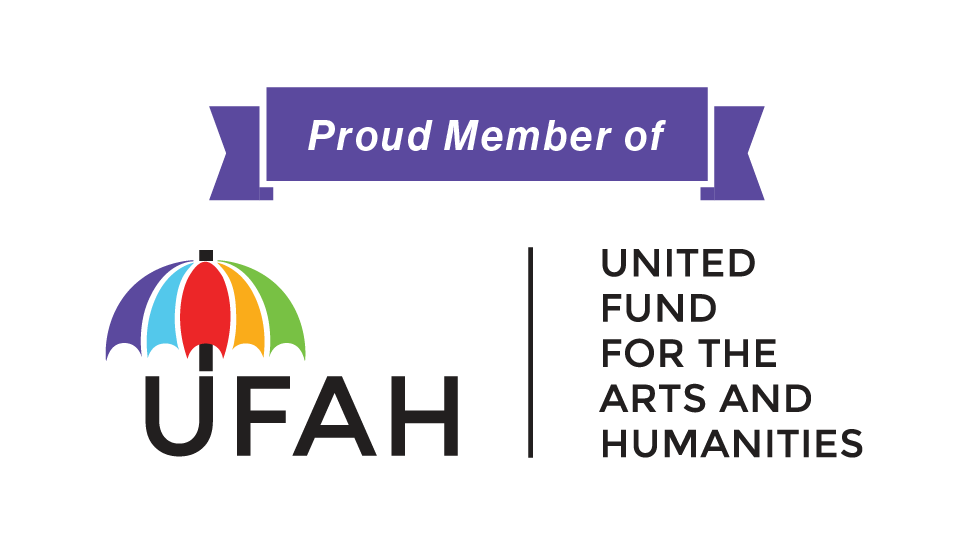Noj Peb Caug or New Year is the most anticipated holiday in Hmong culture. Preparations begin well in advance, with families devoting significant time and resources to raising chickens and livestock for feasts and hosting guests. It is a time of celebration, feasting, and relaxation with family.
Pov pob – a ball toss courting game, a key part of New Year’s celebrations.
Lwm qaib – an elder performing a blessing and cleansing ritual for the new year.
By this time, all crops have been harvested, allowing families to rest without worry. Fathers and sons visit grandparents and village elders to pay respects and receive blessings for the coming year. Meanwhile, young boys and girls eagerly anticipate the ball toss festivities, dressing in beautiful clothes sewn by their mothers for this special occasion. They showcase their chanting skills in public, not only for fun but also to enhance their prestige among their peers and to increase the possibility of finding a suitable lifelong partner.
Household Traditions and Spiritual Customs:
New Year’s Eve is a time for cleansing and renewal. Family members engage in self-ablutions, washing away the past year’s burdens to ensure a fresh start. Mothers bathe their babies, symbolizing devotion, purity, and protection for the coming year.
Men playing the qeej – a traditional bamboo instrument with multiple functions in Hmong culture.
A hu plig (soul-calling) ceremony is performed to ensure the spiritual well-being of the entire family. Family altars are freshly redecorated, and ancestors are honored through food, alcohol, and ntawv (joss paper) offerings—acts of remembrance that reinforce intergenerational ties and family solidarity.
Stitched and embroidered by an unknown Hmong artist.
Collection of the La Crosse County Historical Society, Gift of Sheila Kahlert, 2024.010.01



